Service hotline
+86 0755-23615795
Release date:2025-06-25Author source:KinghelmViews:18
When assessing product quality for purchase, the following aspects should be considered to ensure compliance with company standards and requirements:
Visual Inspection
1.Dimensional Accuracy: Utilize tools like calipers or micrometers to confirm that key dimensions meet the specified tolerances. For example, ensure connector pin pitch or shell diameter is within the acceptable range to avoid compatibility issues.
2.Surface Quality: Inspect for defects such as scratches, cracks, burrs, oxidation, or other surface irregularities. Metal components should be rust-free, and plastic parts should not show visible shrinkage or bubbles, which could affect performance or aesthetics.
3.Color Consistency: Ensure that the product color is uniform with no noticeable variations. Any inconsistencies in color could indicate issues with the manufacturing process and potentially impact the product’s appearance or durability.
Material Inspection
1.Material Composition: Use techniques like spectrometry or chemical analysis to verify that materials meet specified standards. For metals, check elements like conductivity and strength to ensure suitability for the intended use.
2.Material Performance: Conduct mechanical tests such as tensile or hardness tests to evaluate the material's properties. For insulating materials, perform resistance and dielectric strength tests to confirm they meet electrical insulation standards.
Electrical Performance Testing
1.Conductivity Test: Use a multimeter to measure resistance and ensure proper conductivity. High resistance can lead to signal loss or overheating, which impacts the product’s reliability and performance.
2.Insulation Test: Verify that insulation resistance and voltage tolerance meet required standards using appropriate testing tools. This ensures the product is safe from potential electrical hazards like leakage or short circuits.
3.Signal Transmission Test: For products involving signal transmission (e.g., connectors), conduct tests for signal integrity, transmission rate, bandwidth, attenuation, and crosstalk to ensure stable, high-quality performance.
Mechanical Performance Testing
1.Insertion Force Test: Ensure the product’s insertion force meets standard requirements using a force testing machine. Proper insertion force guarantees ease of use and secure connections.
2.Durability Testing: Conduct tests to simulate real-world usage, such as insertion/removal cycles, vibration, and shock resistance. These tests help determine the product’s long-term performance and reliability.
Reliability Testing
1.Environmental Adaptability: Test the product’s performance under extreme conditions (e.g., high/low temperatures, humidity, salt spray) to ensure it maintains functionality without degradation in materials or performance.
2.Aging Test: Conduct accelerated aging tests to simulate long-term use, such as high-temperature or electrical aging tests. The product should retain its original performance characteristics after the test.
For high-priority or critical components, consider relying on third-party test reports or comparing with industry standards (e.g., Amphenol) to further validate quality and reliability before procurement.

About Kinghelm
Kinghelm is a leading provider of high-quality electronic components,including RoHS-compliant antennas, wires, plug-ins, switches, and connectors. With over 17 years of experience, the company serves industries including automotive, telecommunications, industrial automation, medical devices, and consumer electronics. Kinghelm is known for its durable, reliable components that meet international standards and are used in applications ranging from renewable energy to IoT devices.
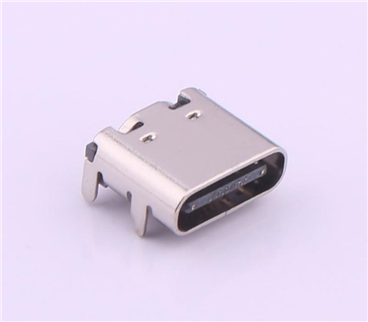

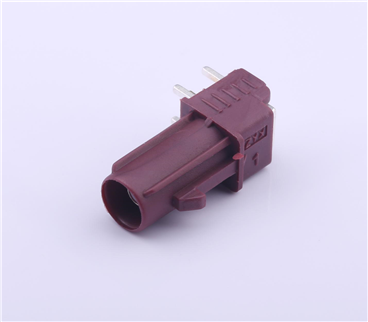
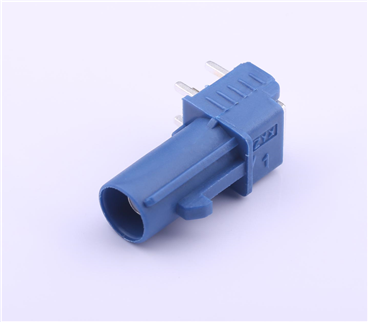
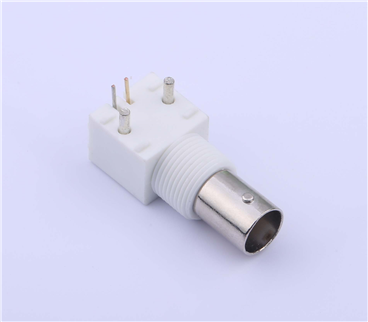
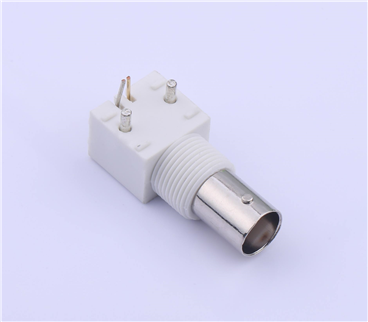
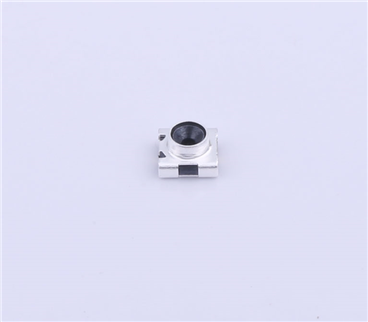
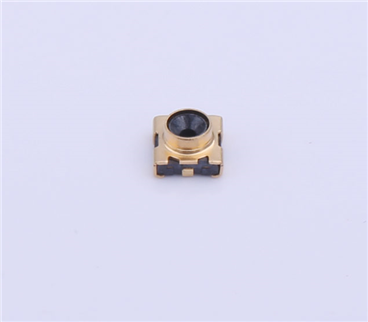
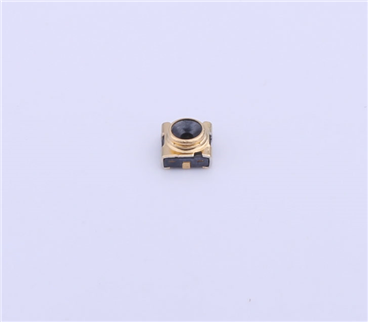
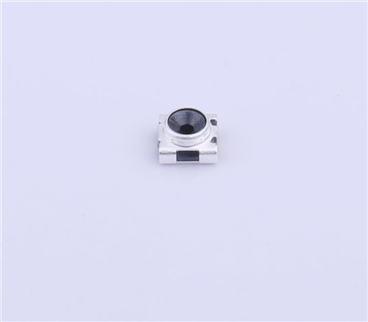
Copyright © Shenzhen Kinghelm Electronics Co., Ltd. all rights reservedYue ICP Bei No. 17113853